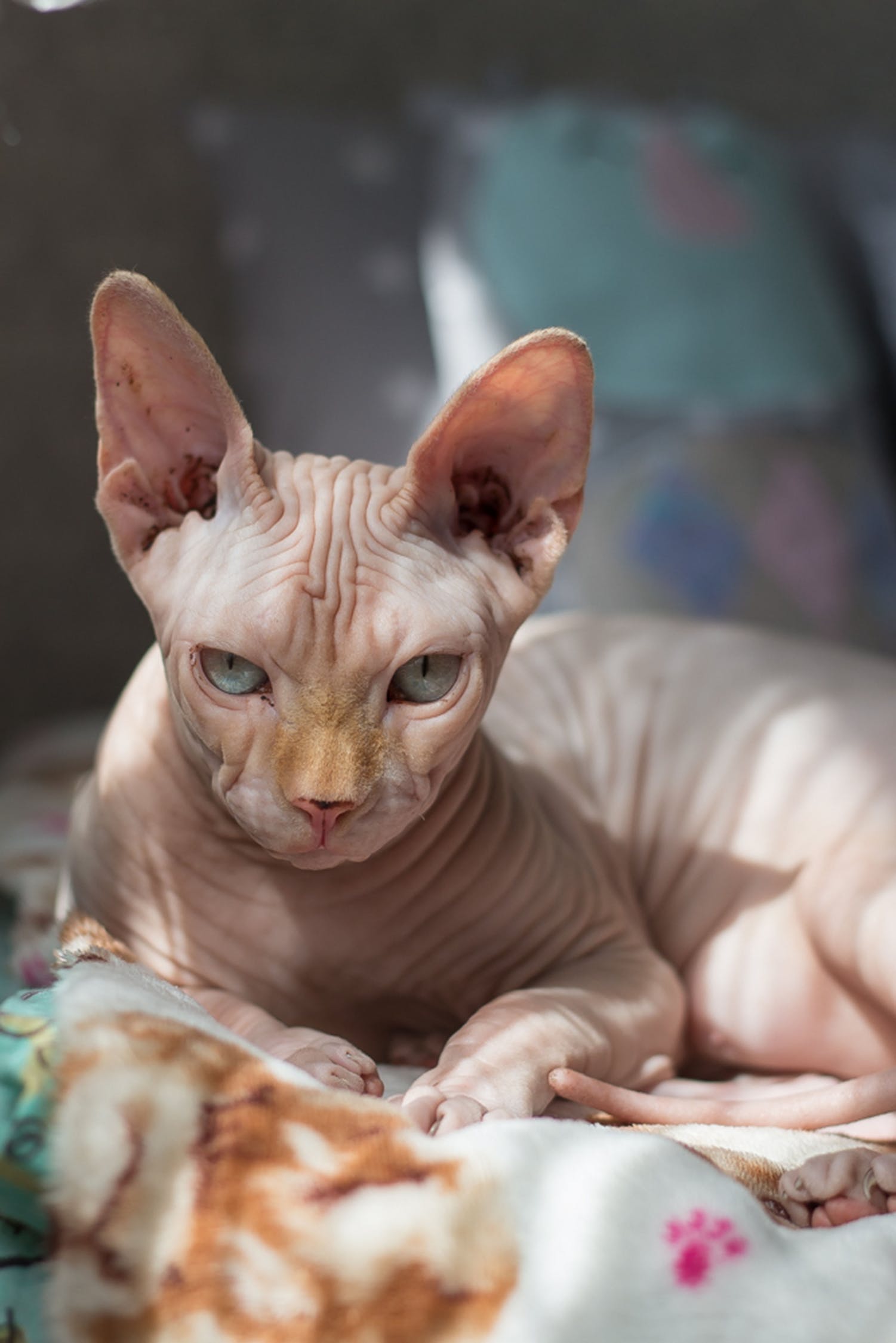Basic flash lighting when shooting Portraits

When shooting portraits, there is no set rule for using flash lightning to get perfect portrait photographs. There are numerous options; shooting outdoors or in some room, using existing lightning or a combination of flash and existing lightning, or maybe, positioning a model in front of the standard white or colorful background.
When setting up any kind of lightning it’s important to follow a few specific steps. Because if you turn on all the lights at the same time you will not be able to know which light is dropping shadows and which one is subtracting them, to be more exact, you will get a “stadium effect”. Also, make sure lights are set up next or in front of the camera to avoid unnecessary camera shadow, or you on the object you’re shooting.
If you start a different way, you will lose a lot of time correcting the wrong light set up. In this part, the example of basic light set up is presented:
1. Main Light
This light determines the "main" shadow, and what's more important, the shutter. It can also be said, it determines the “atmosphere” of the photograph. On the above photograph the model is about two meters away from the background. On the below photograph, the model is about four meters away from the background. The further away the model is from the background the less light falls on the background.
These two photographs are taken with a softbox (Problems uploading the images to this site,Tripod); however, on the right photograph we’ve removed the front part of the softbox (white canvas), and by doing that, we got stronger shadows i.e. stronger contrast.
2. Background Light
It separates the object from its background. At this photo-shoot the model was positioned about four meters away from the blue background (problems uploading to tripod). The bigger the distance between the model and the background is, the smaller the chance is the background will be sharp i.e. visible texture of the background, and the background flash light will not fall on it.
Make sure your background light does not fall on your model. For example, when shooting with shutter aperture set on 8, let the background light’s shutter aperture be half or one time bigger (f 11) because of the better illumination of the background.
3. Contralight
It's used to accentuate hair and, also, separate the model from its background while the object itself gets more volume to it.
4. Front Light or Fill Light
It softens the contrast of shadows that main light makes. It's best used when set up above or next to the camera. It needs to be a bit weaker than the main light but depends on what you want.
Equipment used consists of:
Bowens 500w/s with a softboxom 60x120 (main light)
Bowens 500w/s with a softboxom 60x60 (fill light)
Bowens 500w/s with a honeycomb (background light)
Bowens 500w/s with flaps (contralight)
Use of honeycomb tubes:
When wish to separate the object we’re photographing and its ambient by lighting it up more, then it's best to use honeycombs.
This photograph (Problems uploading the images to this site,Tripod) was taken without a honeycomb and the light partially falls on the background too.
Whereas on this photograph (Problems uploading the images to this site,Tripod) with the honeycomb, difference is in the result of using a honeycomb and getting more directed and contrastive light.
On these two photographs the light is set up above the model.
Setting up lights this way, you can achieve great effects/great photographs.
Set up here are three types of lights.
Bowens with a softbox (main light)
Bowens with a tube (background light)
Bowens with a tube (second background light)
Main light is slightly upraised by comparison with the head of the model.
When wish to have a completely white background without change-over to gray, you need to use two background lights which are set up to stronger capacity (shutter) than the main light. You can use the extensions like softboxes on those flash lights, but better are tubes because they direct the light.